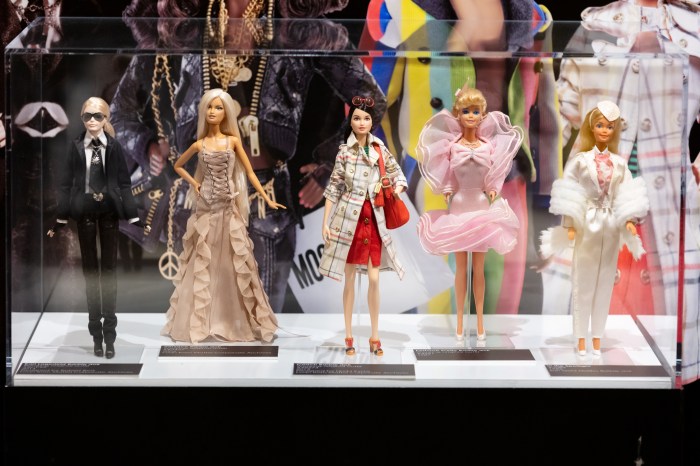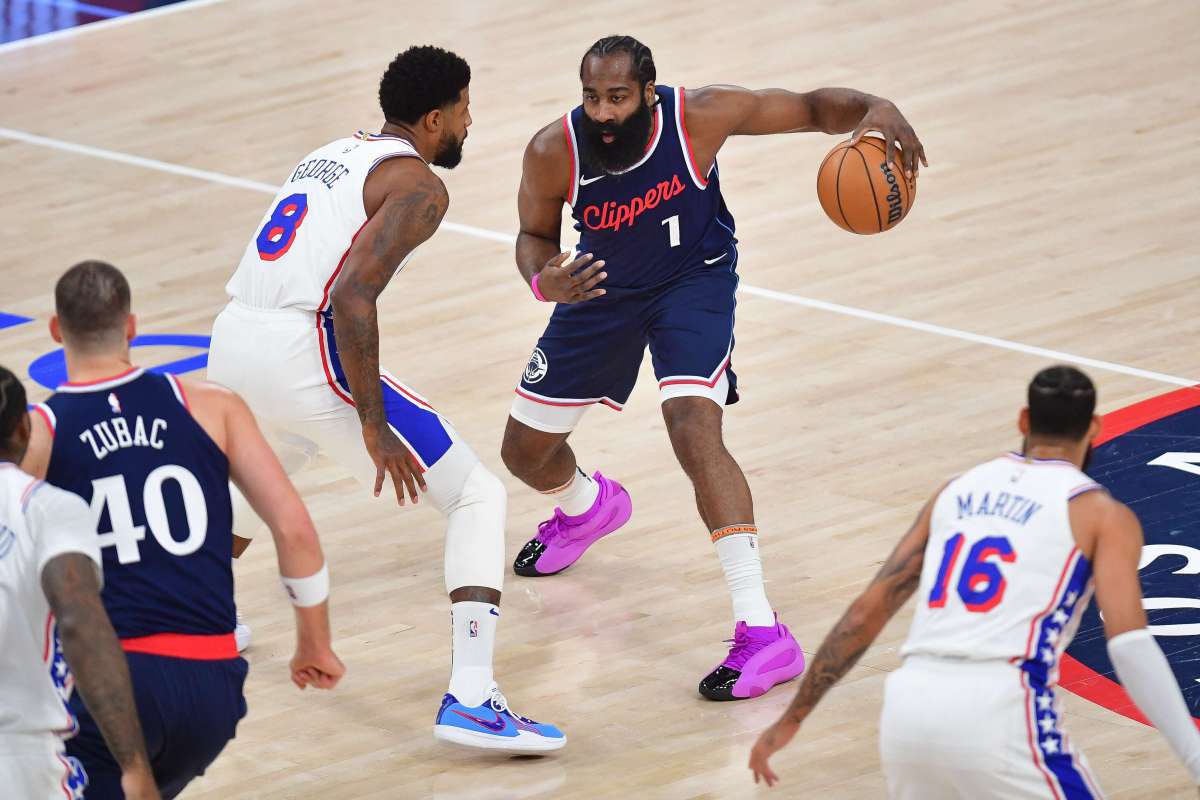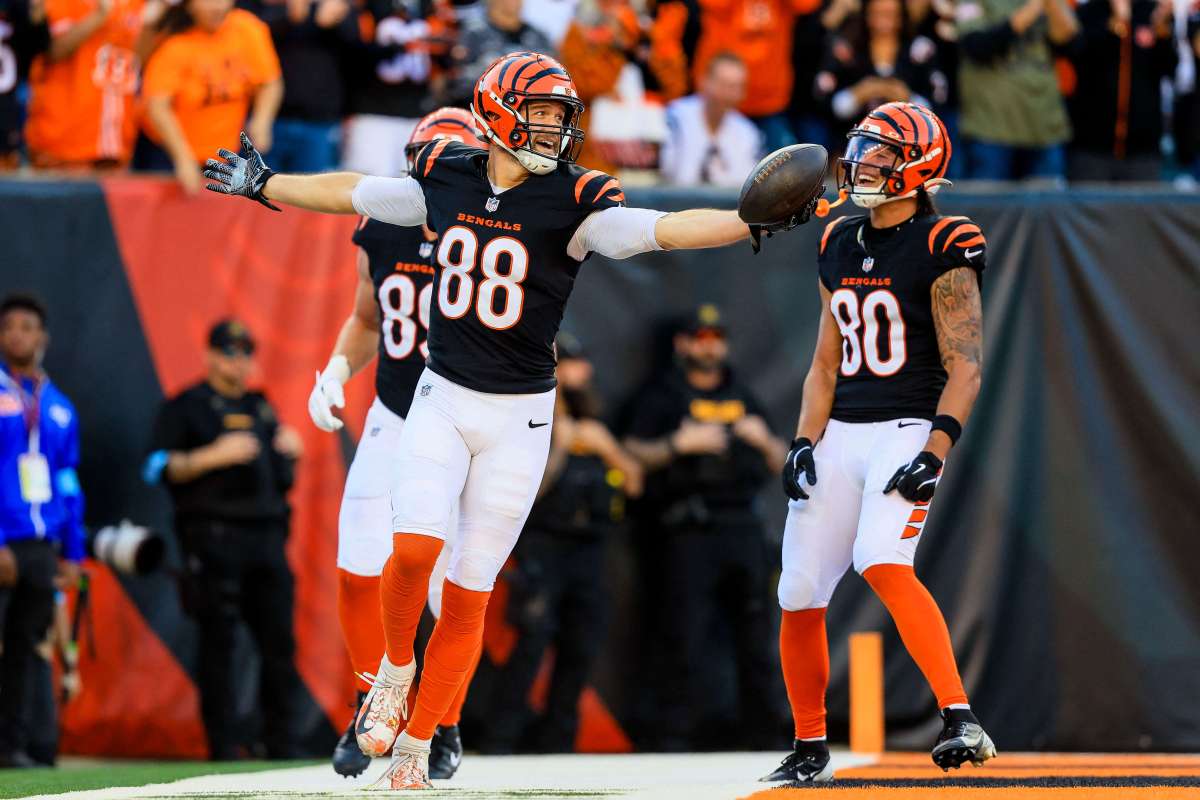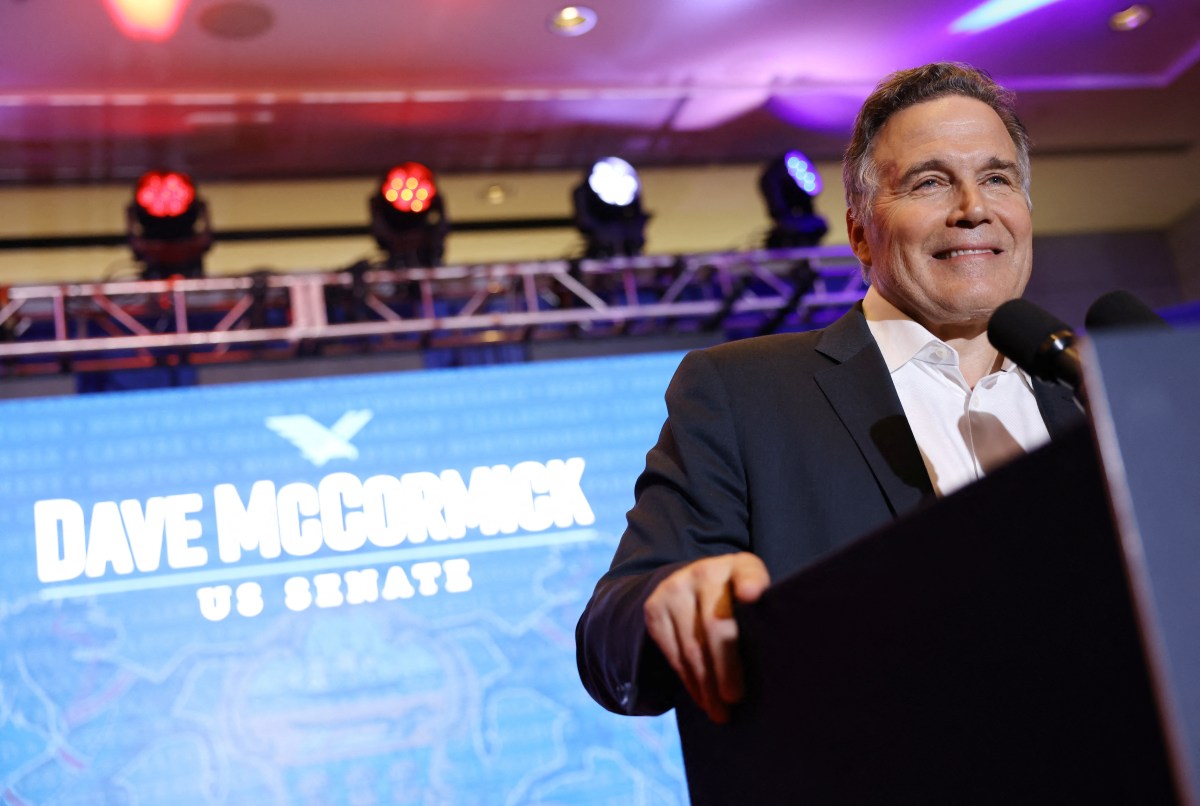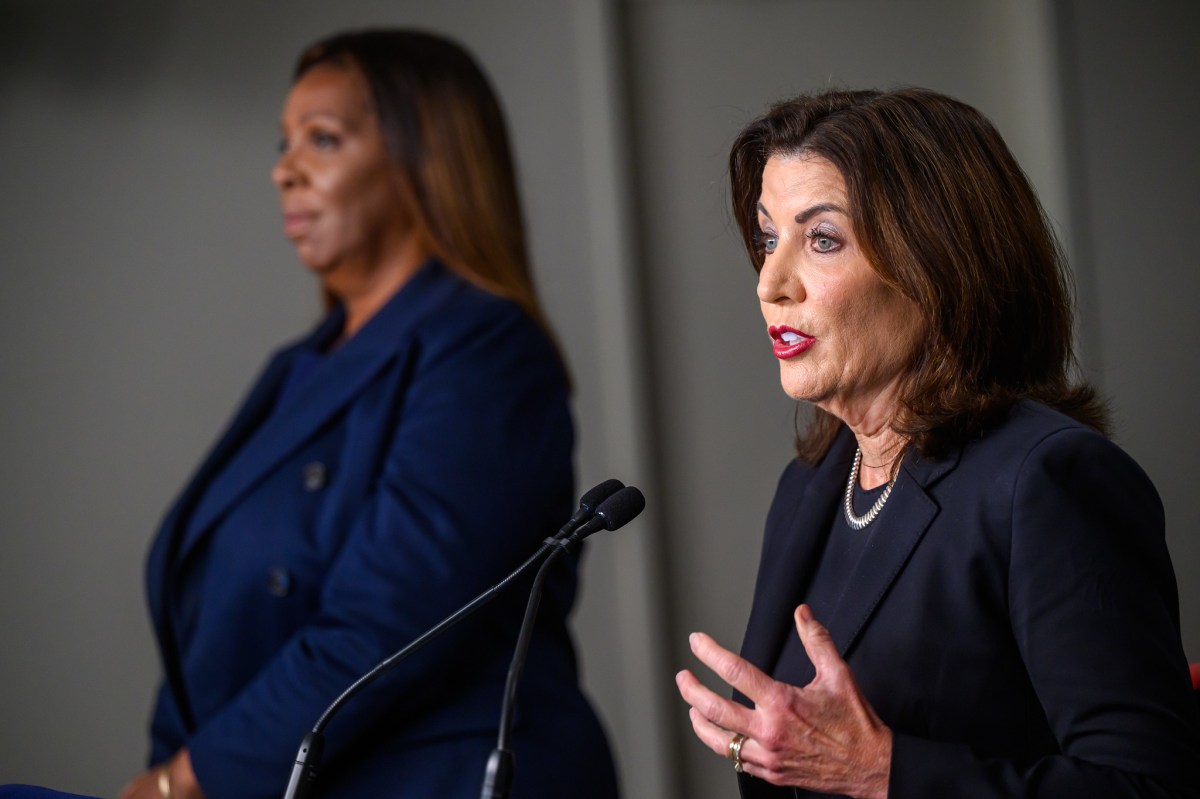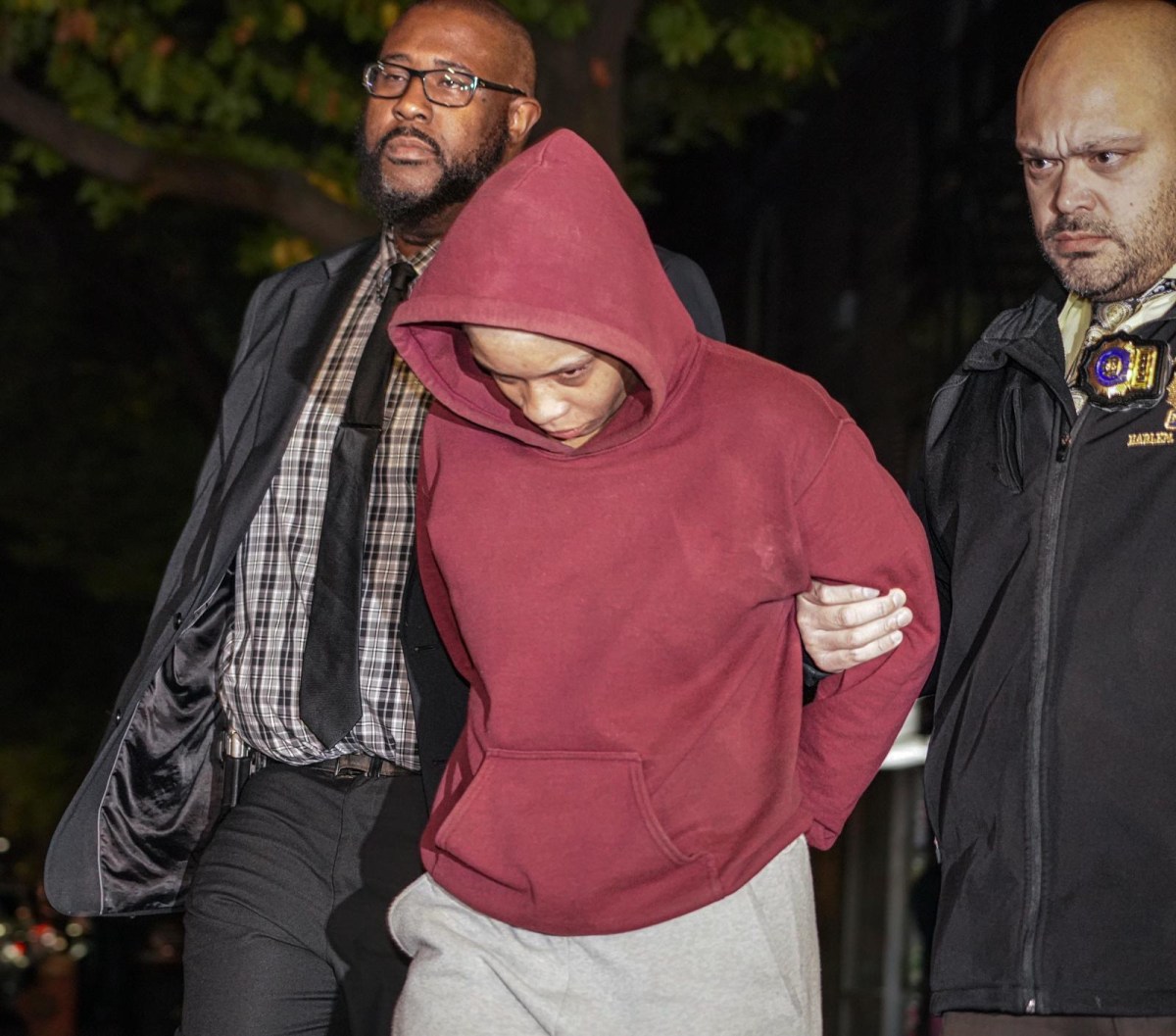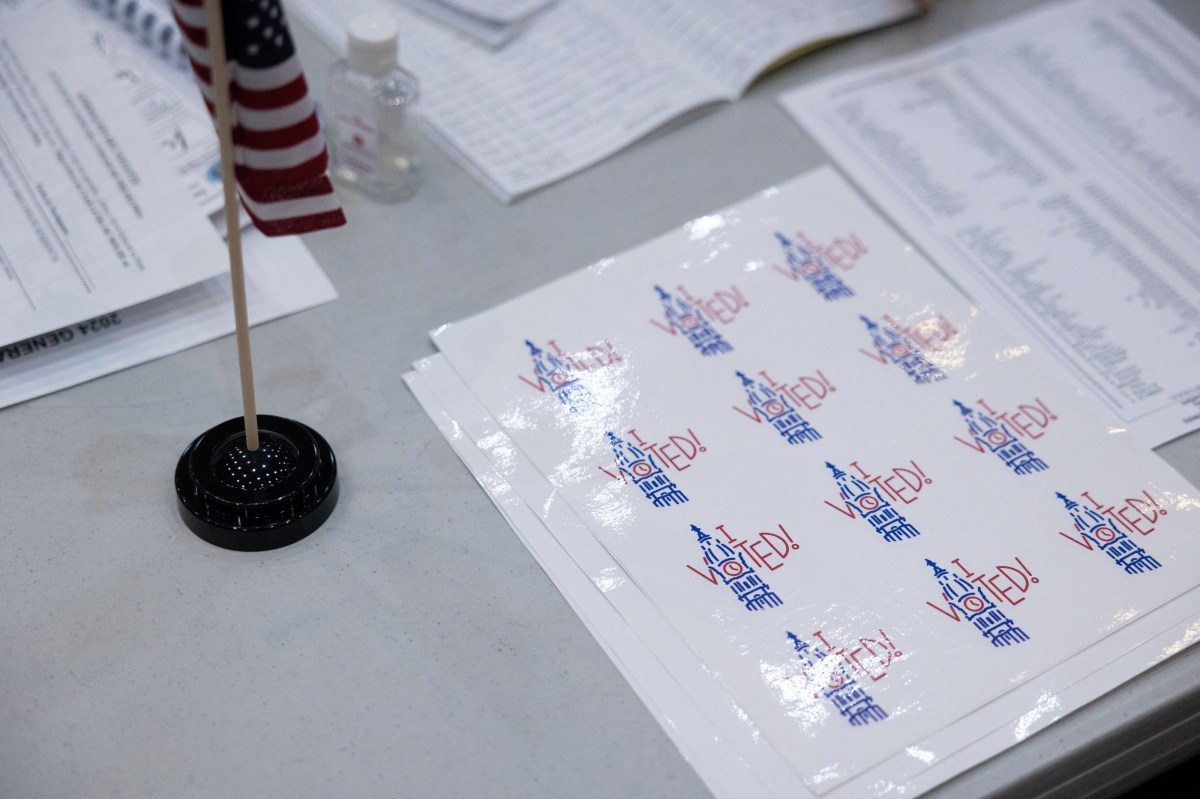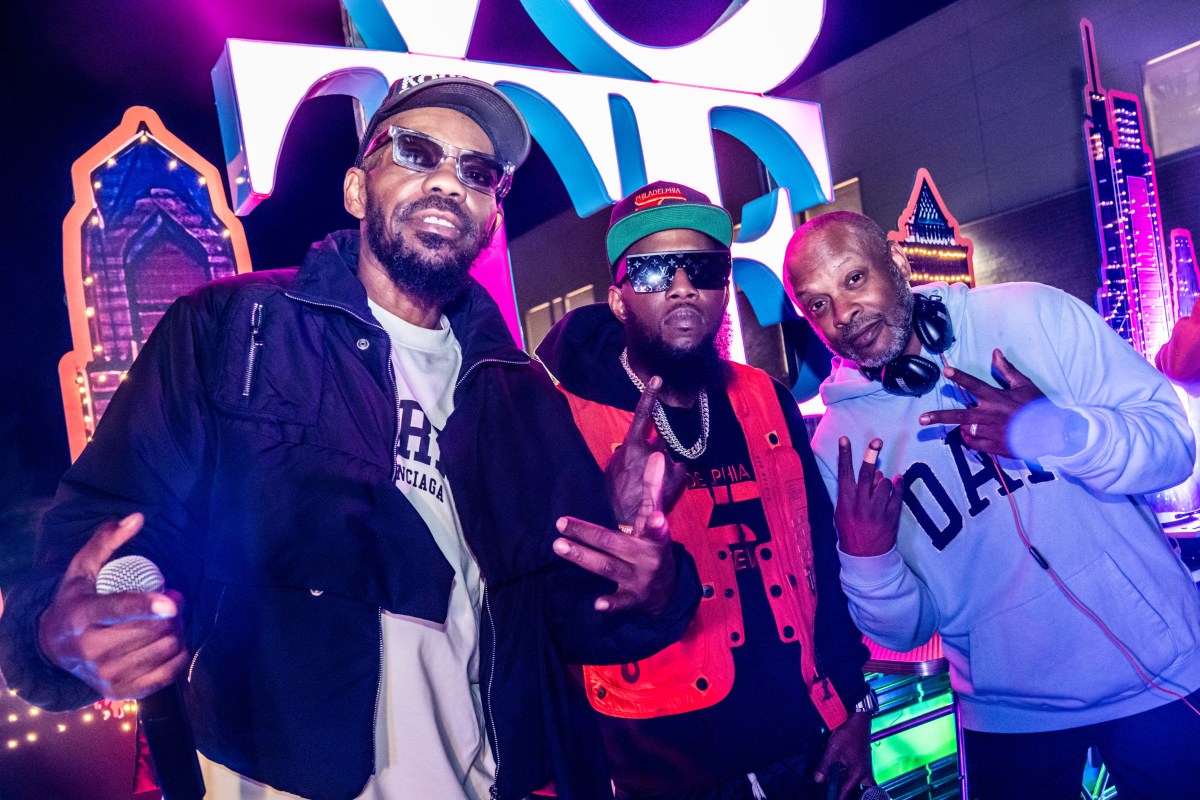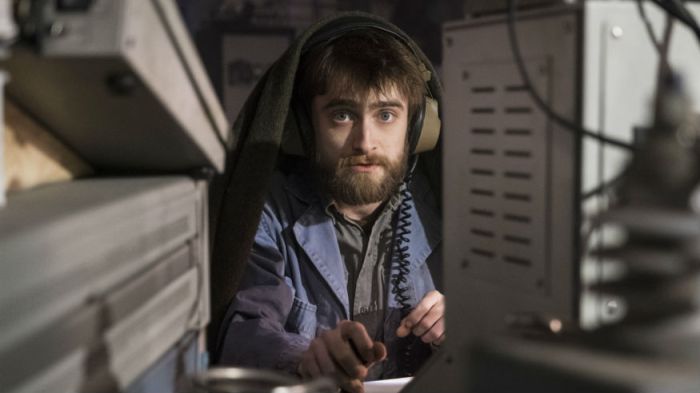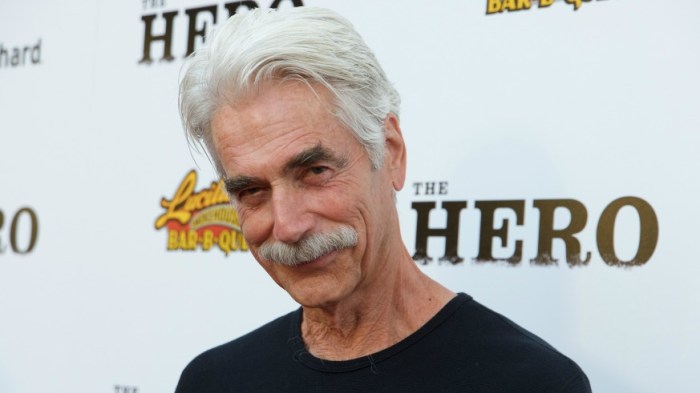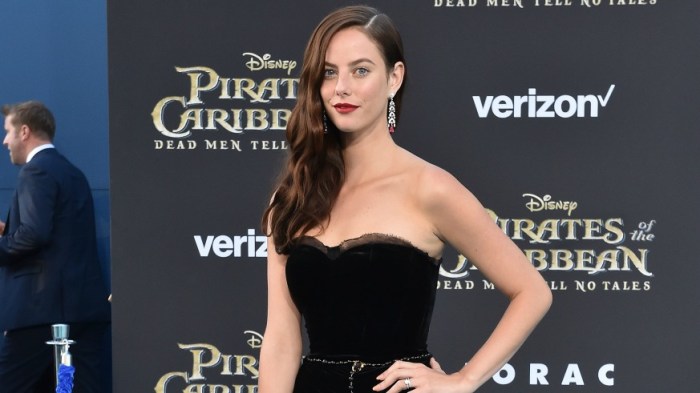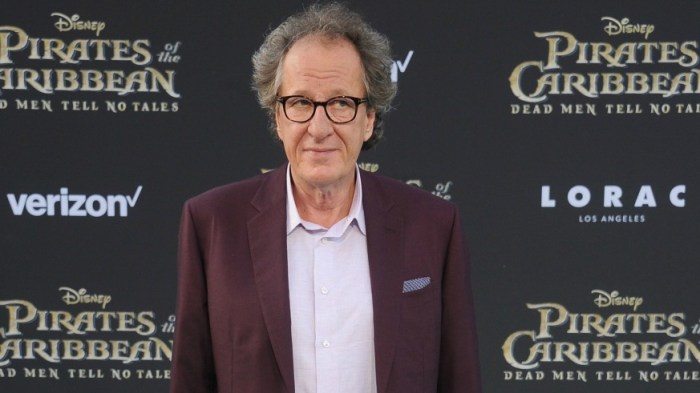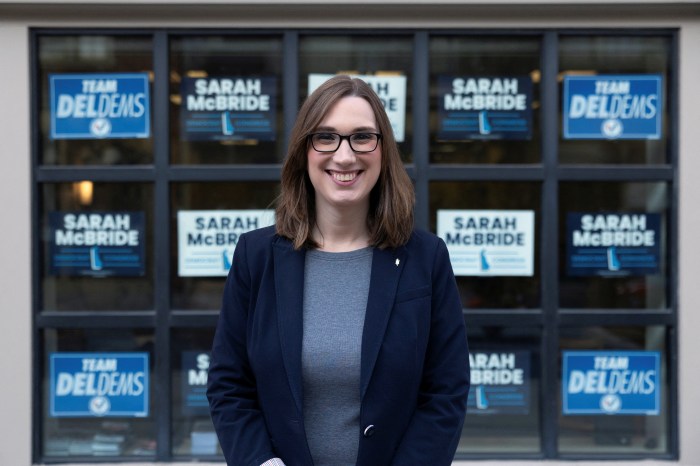Damien Chazelle used to hate Los Angeles. After all, he was born on the East Coast. He was trained, by his fellow East Coasters, by the culture, by Woody Allen movies, to hate the home of Hollywood, and think everyone within it was a soulless vacuum. Then he moved there. “You come here and realize it’s actually kind of wonderful,” the film director, lately of “La La Land,” tells us. “It’s a much more culturally rich city. It doesn’t have hundreds of years of history. But the history it does have, I’m a huge fan of.” Chazelle’s love letter to L.A. comes in the form of “La La Land.” After the grim, disturbing (and New York-set) “Whiplash,” the filmmaker changed things up, making a splashy, colorful musical, following an aspiring actress (Emma Stone) and a struggling jazz pianist (Ryan Gosling) as they fall in love. They also sing and dance, even when their story takes a sad turn. Chazelle, only 31, talks to us about shooting in Los Angeles, switching to long takes and why all three of his movies (the other being another musical, “Guy and Madeleine on a Park Bench”) involve jazz. RELATED: Interview: Emma Stone on “La La Land” and getting horribly sick during “Cabaret” As Thom Anderson’s doc “Los Angeles Plays Itself” tells us, L.A. is a city that’s often used in movies to portray other cities. What were some specific things you wanted to show about it that give it a real character — things that we don’t often see? I think of L.A. as a very widescreen city, because it’s so flat and expansive. We wanted to shoot in anamorphic and on film — shooting it in a way that would accentuate the colors of the city and the hard sunlight. That’s another thing about L.A. that is incredible and unique: the directness of light and what that does to the color palette of the city. It might be shocking to East Coasters to find that Los Angelinos are, for the most part, just normal people, living normal lives. Mia and Sebastian are that way, too. And yet they’re still people after impossible career goals. Some of the musical numbers are filled with long takes. A lot of times when people make musicals now, there’s a lot of cutting, which ruins one of the joys of musicals: watching performers performing, especially if they’re dancing. Given that all three of your movies involve jazz, is there another kind of music you’re equally passionate about? No disrespect to jazz, of course.
One thing I was very adamant about was showcasing things that were unique to Los Angeles. We don’t spend a lot of time downtown or with high-rises, because lots of other cities have those. And we don’t spend a lot of time in parts of the city that might look like a lot of other cities. We wanted to focus on things that are unique to L.A.: infinite highways, the more or less flat skyline, the flat carpet of lights at night, the wide horizons, certain icons like Griffith Observatory, the palm trees, the color of sky at sunset, the movie studios, or the drive-thru dairy marts or gas stations — things that make up the texture of the city, whether they’re conventionally beautiful or not.
L.A. still has a certain hold on the dream factory idea. It’s full of people from all over the country and the world who are chasing certain dreams. That means most of them haven’t succeeded, or think they haven’t yet succeeded. You get this city of mostly dissatisfied people. [Laughs] On the flipside, it’s also a city full of these unmade pieces of art you can imagine floating through the air: unwritten songs, unmade movies, unwritten books. Society makes fun of L.A. a lot, but there’s something worth celebrating about that — this idea of dreamers. I wanted these two characters to embody the idea that it doesn’t matter if the dreams are unrealistic or if they have yet to come true, or even if they have come true. It’s the going after them that gives the characters meaning, and gives the city meaning, too.
It’s a pet peeve of mine how cut-y dance numbers have become, to the point where you can’t really see the dancing. “Whiplash” was a very cut-y movie, but I wanted to get inside the head of a certain kind of personality. The cut-iness seemed like an extension of that viewpoint. But I wanted this to be a romantic movie. I thought of it more as a movie about curves and longer takes and a camera that danced or swirled around the characters and around the city — a camera that seemed as drunk on love and possibility as the characters did. I thought a lot about old Hollywood musicals, but I wanted to push the camera language beyond that. I looked at movies by Max Ophuls or later Scorsese movies, movies like “Boogie Nights” — movies where you really feel the camera has a personality and a mind of its own. Sometimes it eases back and lets the dance unfold entirely on its own; sometimes it more actively participates, like in the opening traffic jam number. But the camera should always feel like a character; you should feel the human presence behind it.
[Laughs] Music in general will always be a big passion of mine. Jazz is just a specific thing for me. I played a lot of jazz as a kid; it was the formative music for me that a lot of other music wasn’t. That’s probably why I’ve kept gravitating towards jazz specifically. But I don’t have anything specific lined up about another form of music. Not to say that won’t happen.
Damien Chazelle on making ‘La La Land’ a very Los Angeles movie
Follow Matt Prigge on Twitter @mattprigge

